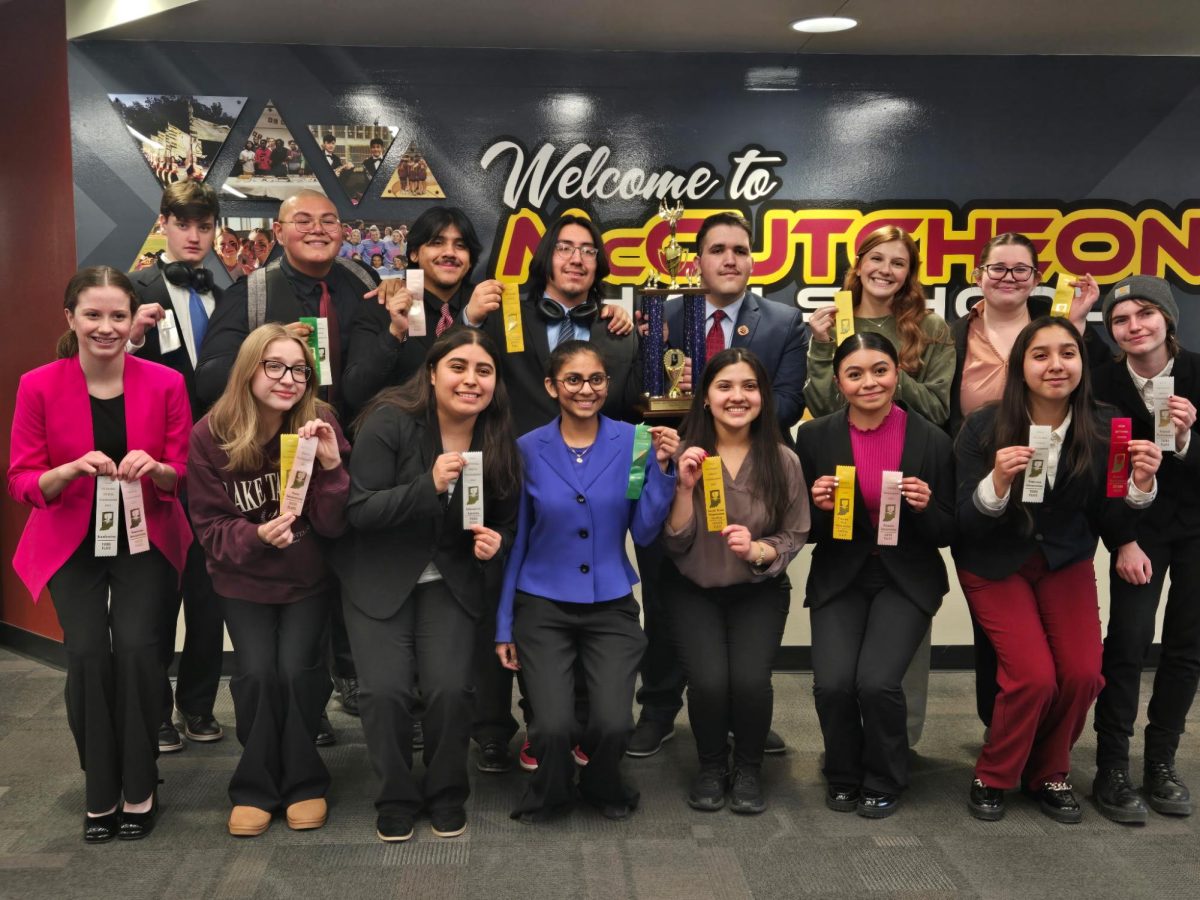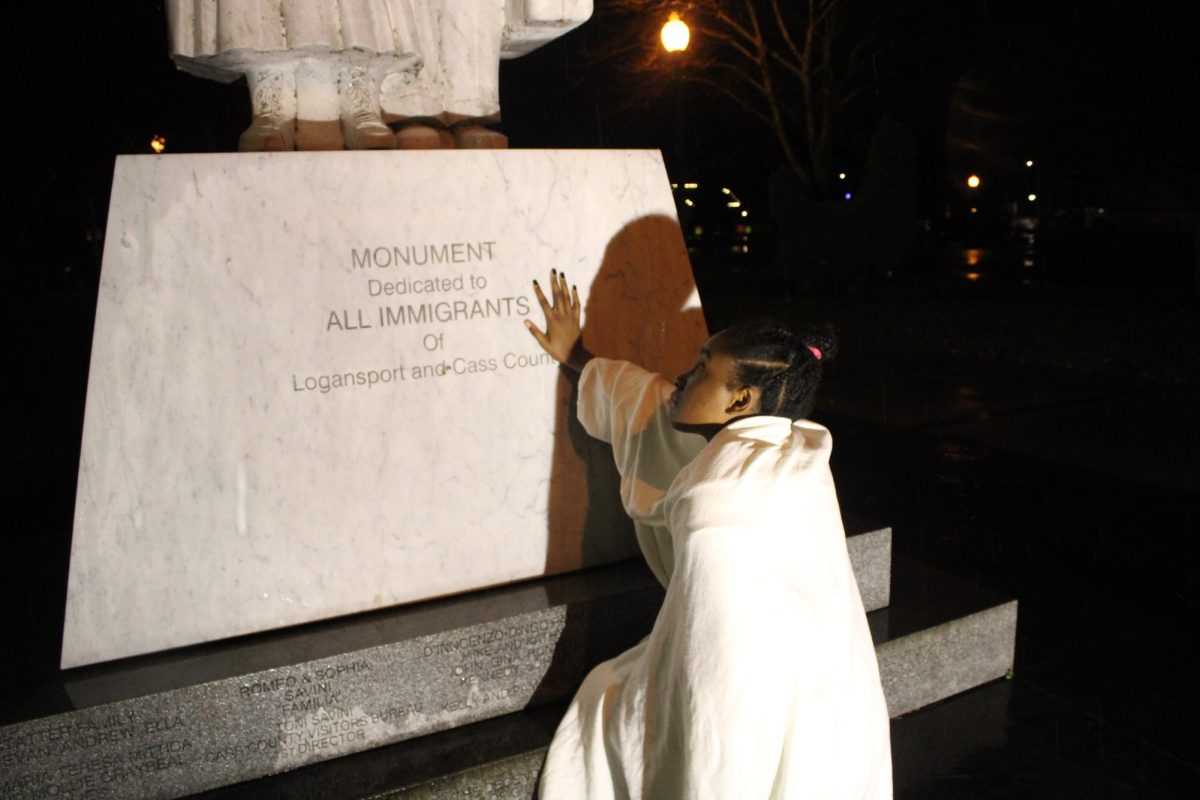Halloween is already around the corner and decorations are up all around Logansport. Many countries in Latin America celebrate something similar to the United States’s Halloween; Dia de los Muertos and Dia de los Difuntos, which means Day of the Dead or All Souls Day. But, this celebration differs from Halloween in several ways.
Freshman Emily Yanez excitedly explained how there would be many colorful parades in her town in Honduras and how younger kids, such as preschool kids, would participate.
“There would also be palillonas (baton twirlers) and tambores (drums) all around the city, and everyone goes out to eat with their families,” Yanez said.
Freshman Yareli Hernandez discussed how in Mexico they would build private altars, or ofrendas, for dead loved ones that would contain their favorite food, drink and photos.
“The intent is to encourage visits by the souls so that they can hear the prayers and our words,” Hernandez said.
Freshman Yulisa Sebastian Miguel explained how in Guatemala the celebrations would usually be at night, and they would add multiple flowers of different colors on the ground.
“You would throw the flowers and other people would come to take the spirit out of the ground,” Sebastian Miguel said.
One of the main parts of the Dia de los Muertos and Dia de los Difuntos celebrations is the food. The food is often laid out for the dead loved one to relish and to motivate them to come back to visit. The food is also often enjoyed with family and friends.
“In Honduras, there is a lot of plantano frito, so we eat that,” Yanez said. “We also eat a lot of catrachas. Sometimes, we go out to get pollo chuco, which is when you deep fry chicken, get some really thin and green bananas, and then cut them diagonally and fry them. Everyone in Honduras loves it.”
In Mexico, there is a variety of food that people eat on that day, including popular food like tamales and tacos. The most common is a dessert called pan de muerto (bread of the dead).
“We eat pan de muertos, which is a type of bread that is coated with sugar and often decorated with bones from the same bread,” Hernandez said. “Our drinks are agua de Jamaica (hibiscus tea), which is a tea made out of flowers, leaves and flor de Jamaica. It is sweet and cold.”
In Guatemala, most people eat fiambre, which is a traditional Guatemalan food that is filled with loads of veggies, different types of cheeses, cold cuts, and caldillo rolled up in a salad. They eat multiple different types of food that sometimes include tortillas.
“We would usually eat tamales and tortillas,” Sebastian Miguel said.
The clothing is also a big part of the Dia de los Difuntos and Dia de los Muertos. People wear fancy clothing or costumes to celebrate and show their love for their deceased ones.
“Our flag colors are blue and white, so we wear the national colors with five stars on the part of the shirt or skirt,” Yanze said. “It is a big fluffy dress that is layered white, blue, white blue.”
In Mexico, they often paint their faces to look like the dead as part of the celebration and dress like popular figures such as la Catrina or paint their faces to look like calaveras (skulls).
“We would wear a fluffy dress decorated with skulls and flowers, and their common colors are red, black and white, while the males would wear fancy suits with similar decorations with these huge hats,” Hernandez said.
In Guatemala, they traditionally wear beautiful skirts or dresses that are vibrant colors to celebrate this holiday.
“I would wear a long skirt and a shirt,” Sebastian Miguel said. “Sometimes, we would wear black pants and different types of shoes,”
This is a memorable holiday for Hondurans, with the parades, music and food reminding them of the loved ones they are celebrating.
“The Day of the Dead is very important,” Yanez said. “You are able to reconnect with the dead by honoring them. It’s a tradition to remember them and heal through the colorful art.”
Dia de los Muertos is an important holiday in Mexico because it is their way of paying respect to their loved ones.
“Dia de los Muertos is important because it’s part of my culture,” Hernandez said.
In Guatemala, Dia de los Muertos is a way to recognize the dead loved ones and to celebrate the cycle of life.
“It’s important to me because it was very fun, and we celebrated our dead loved ones,” Sebastian Miguel said.





















